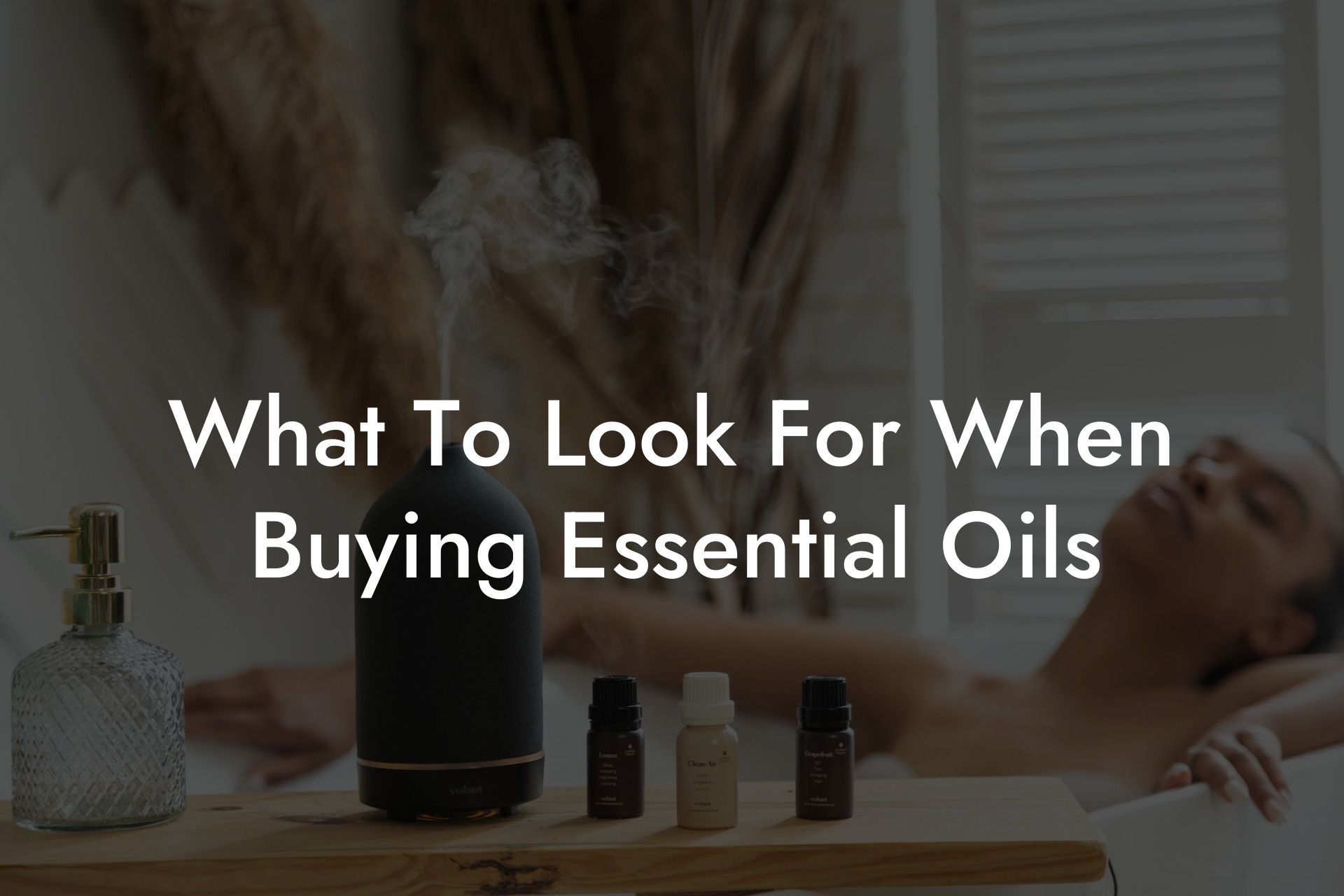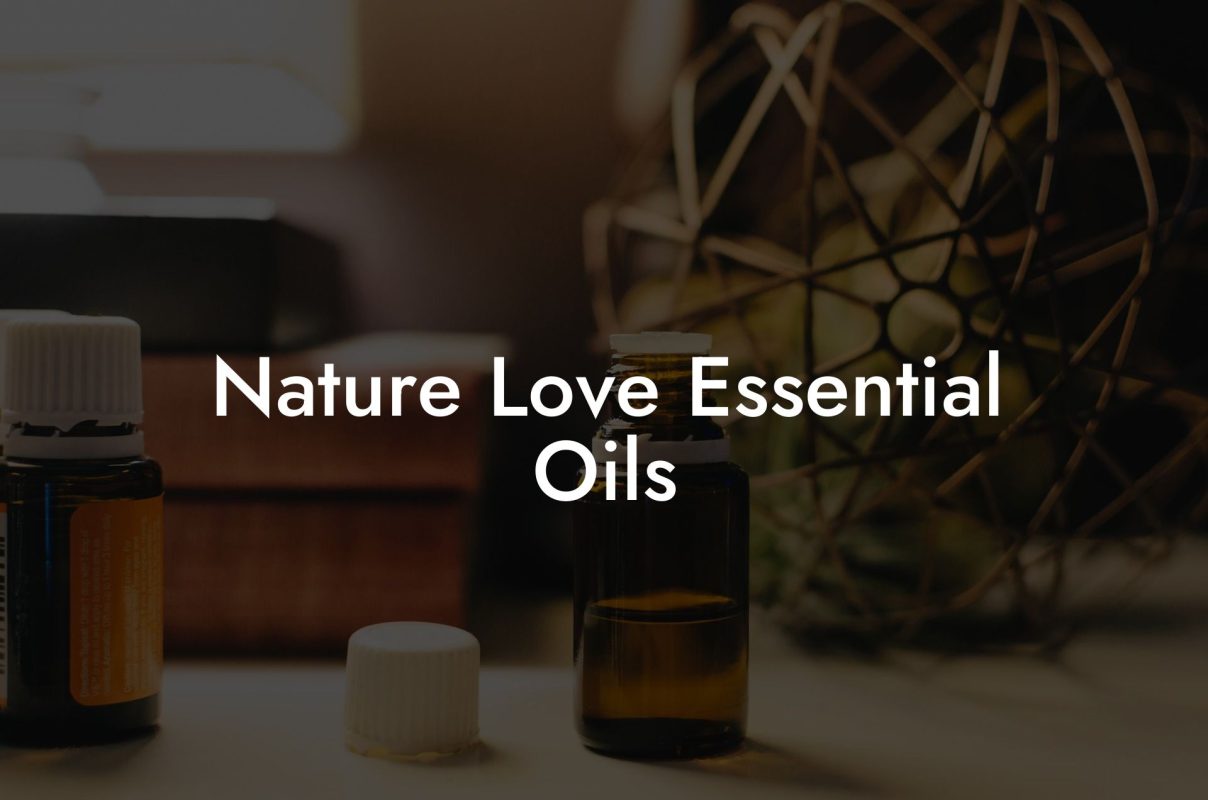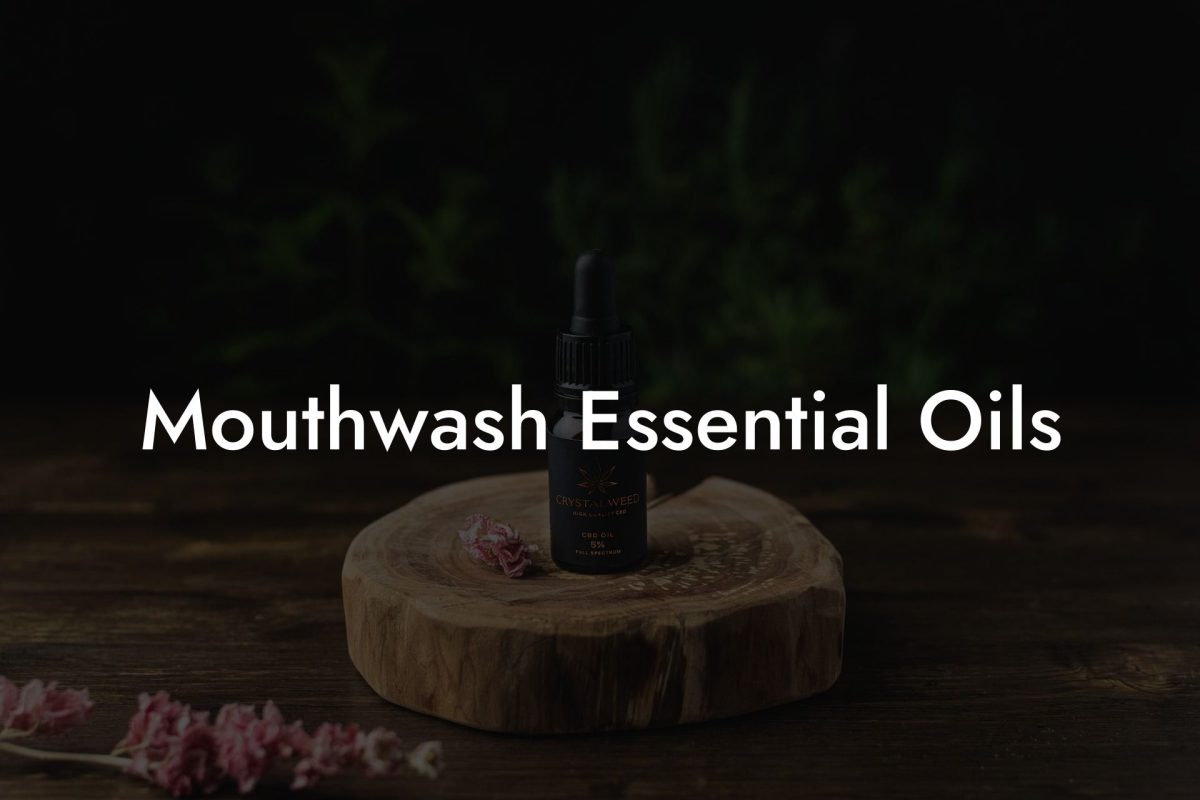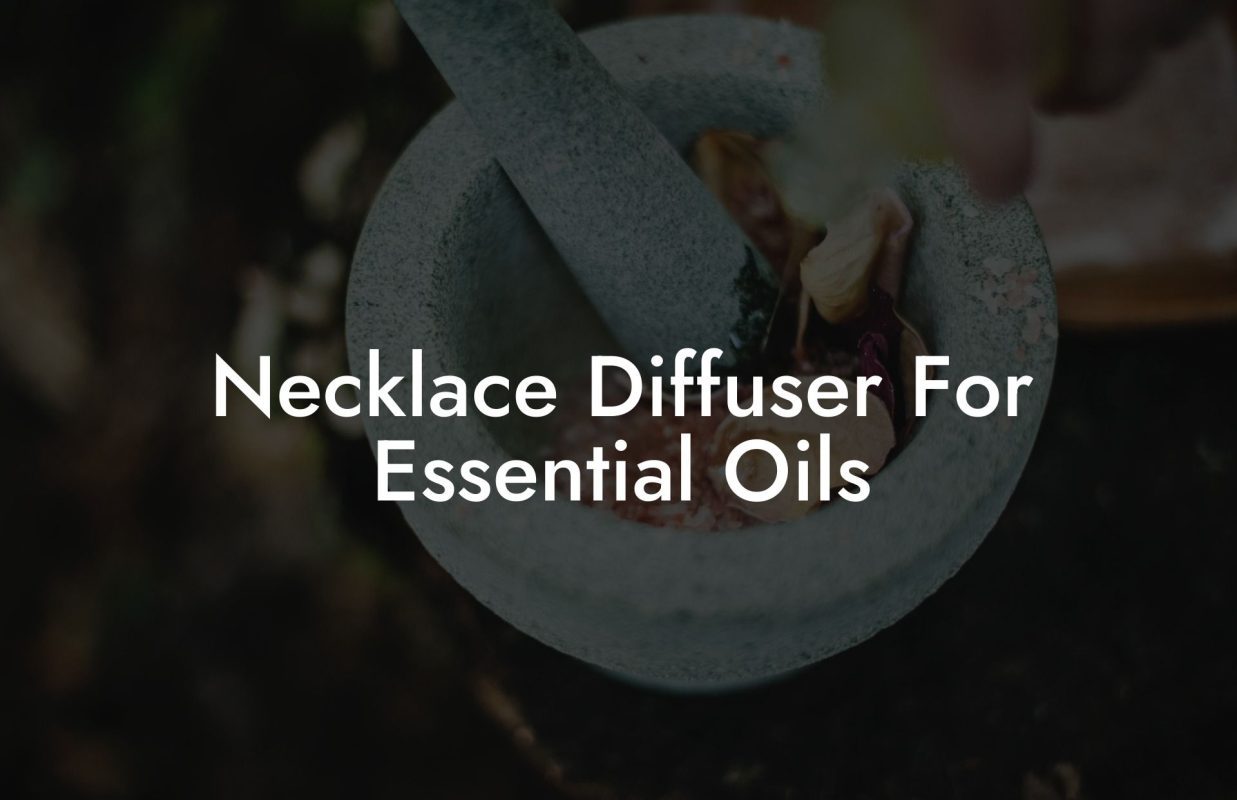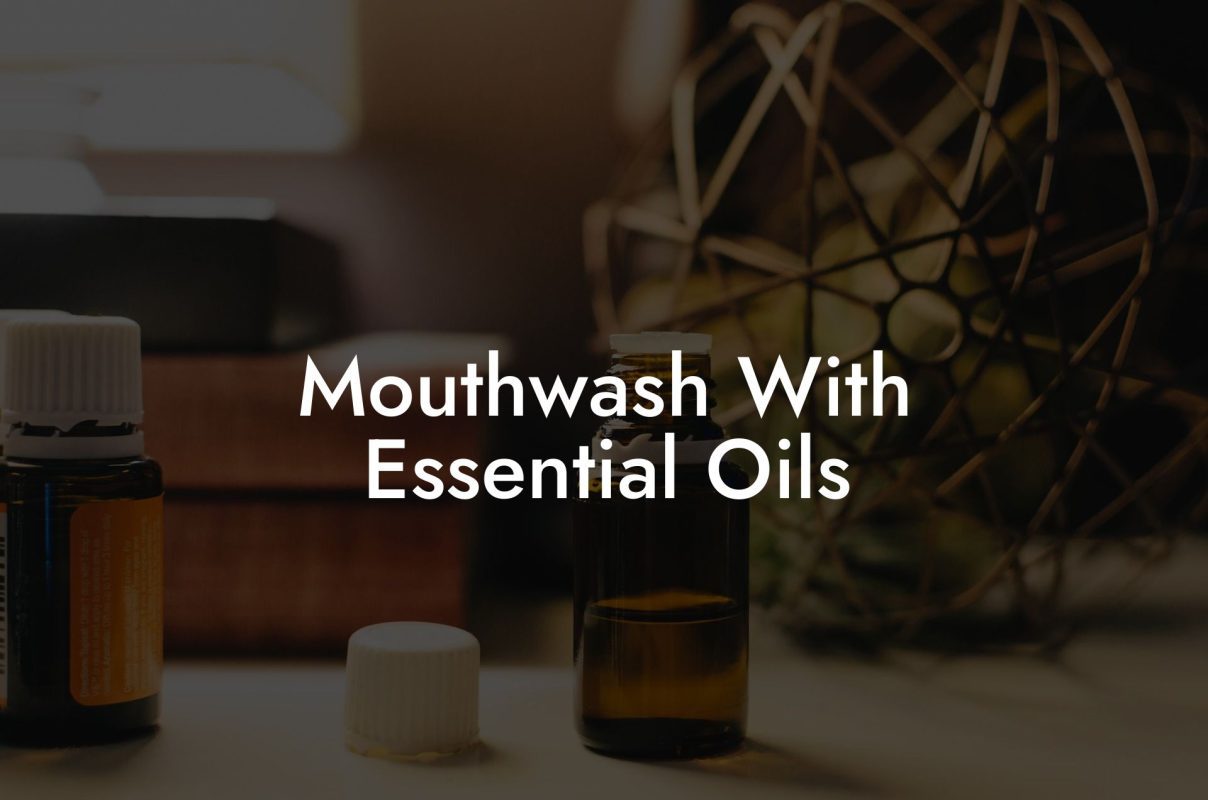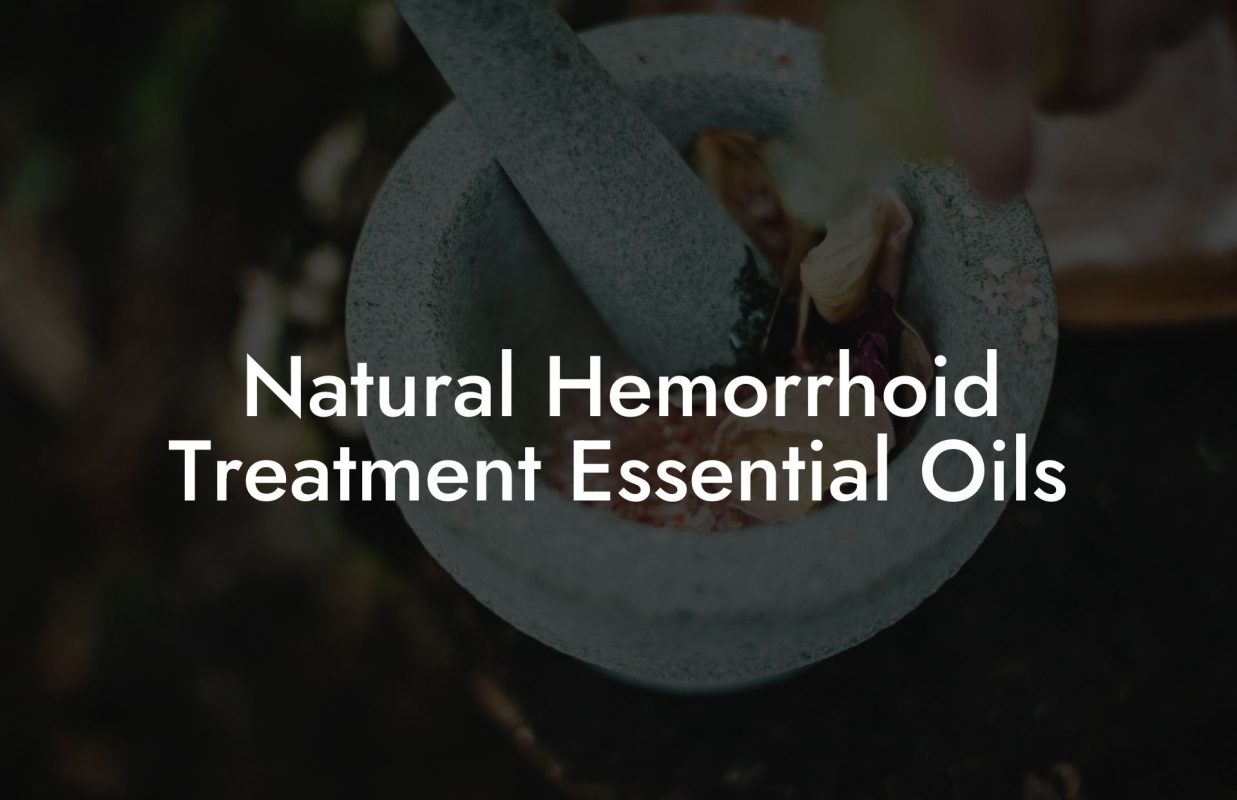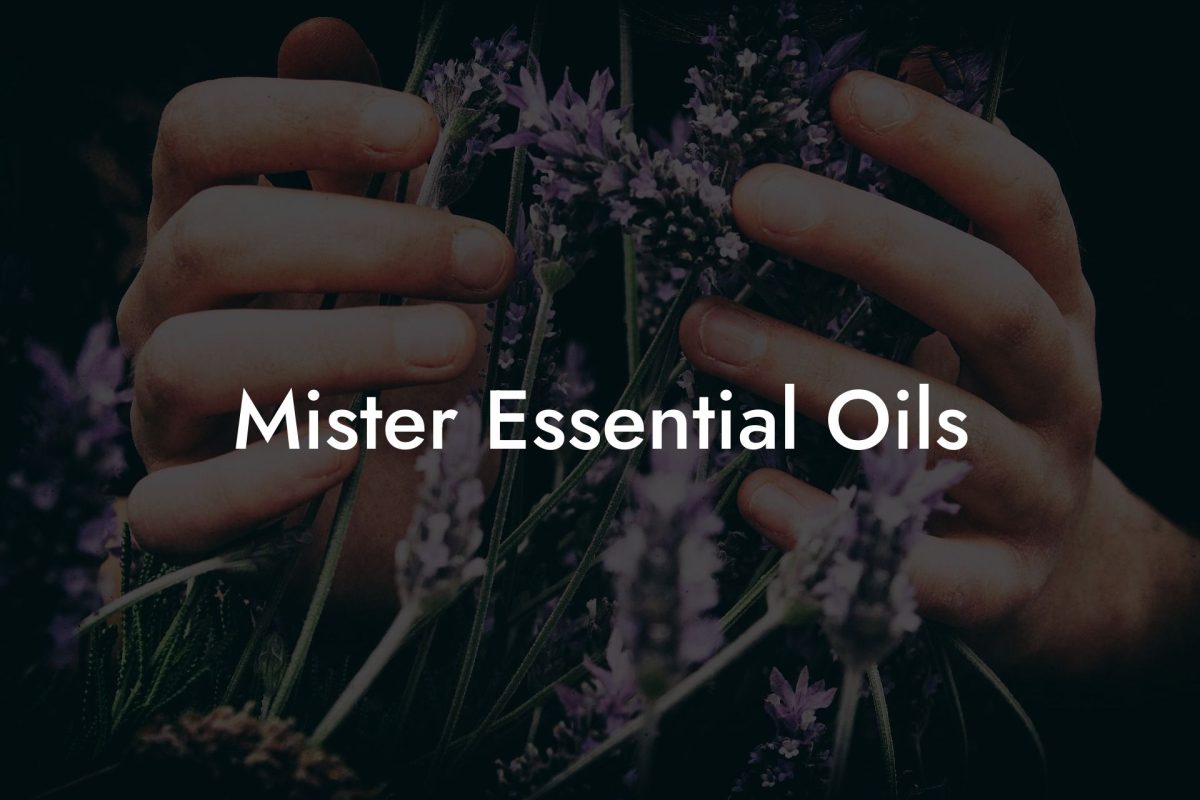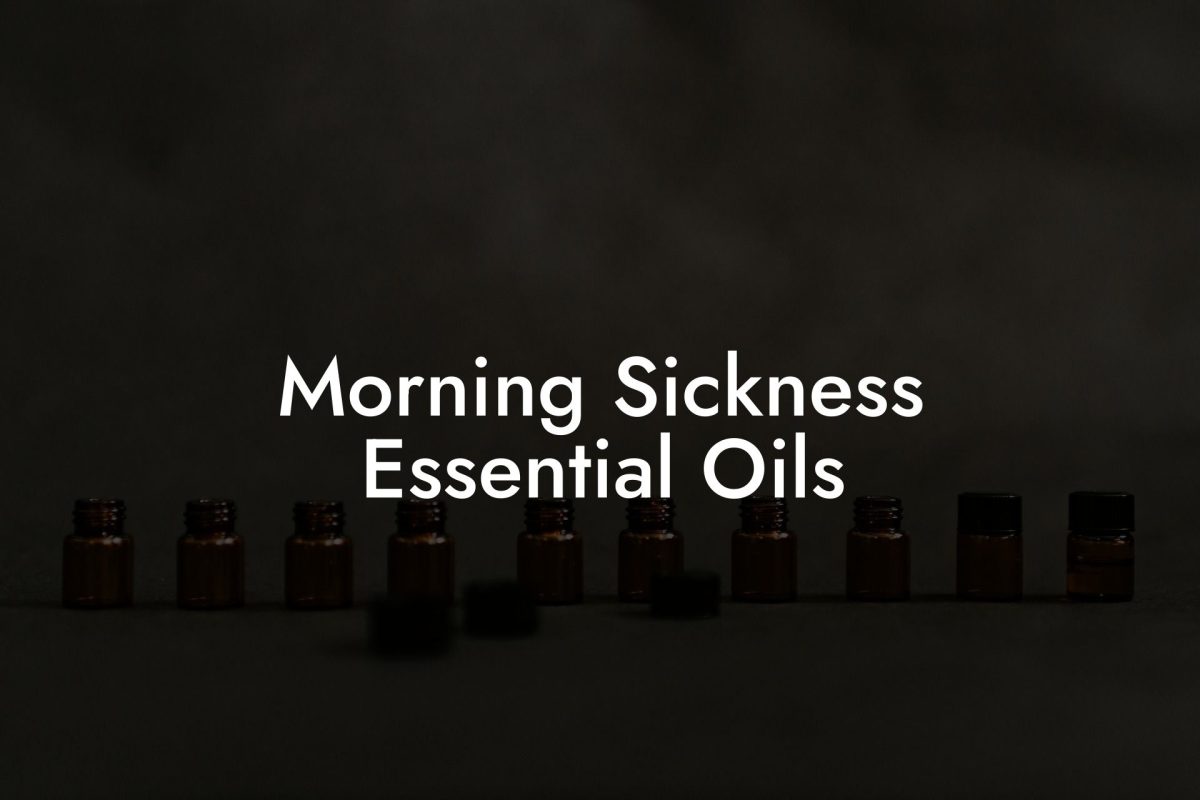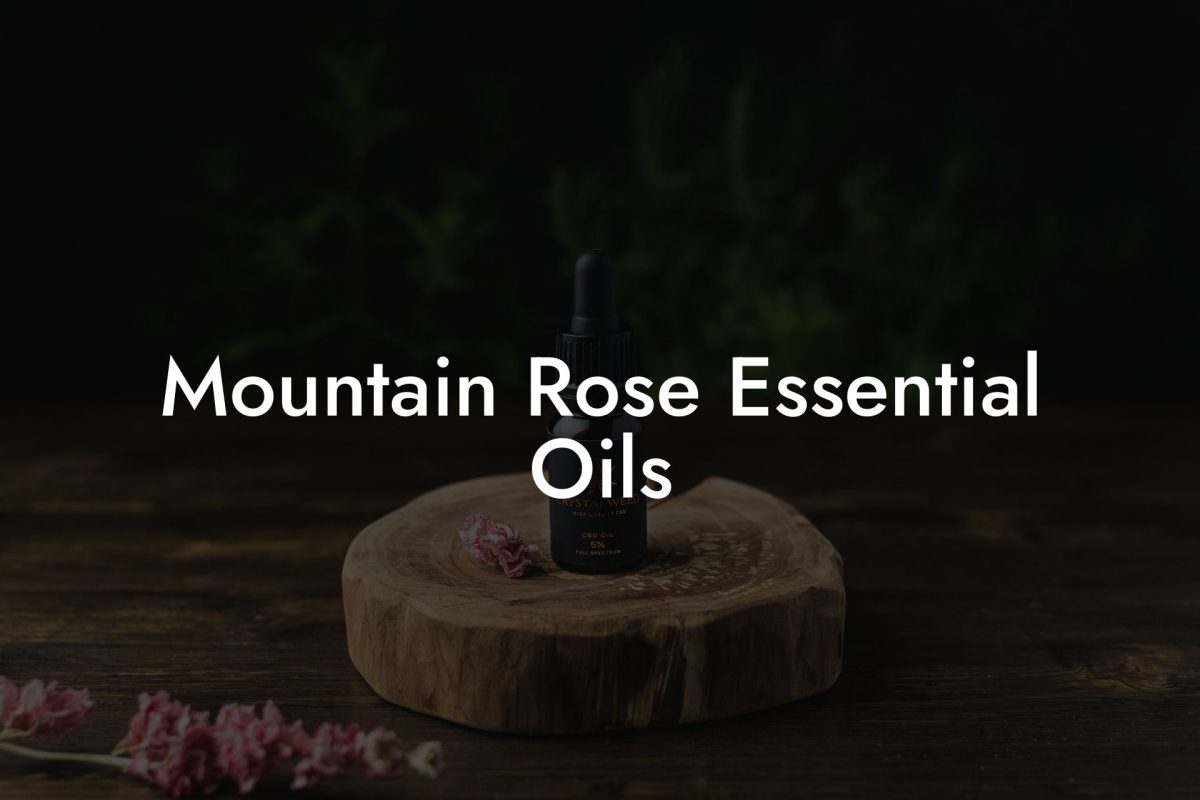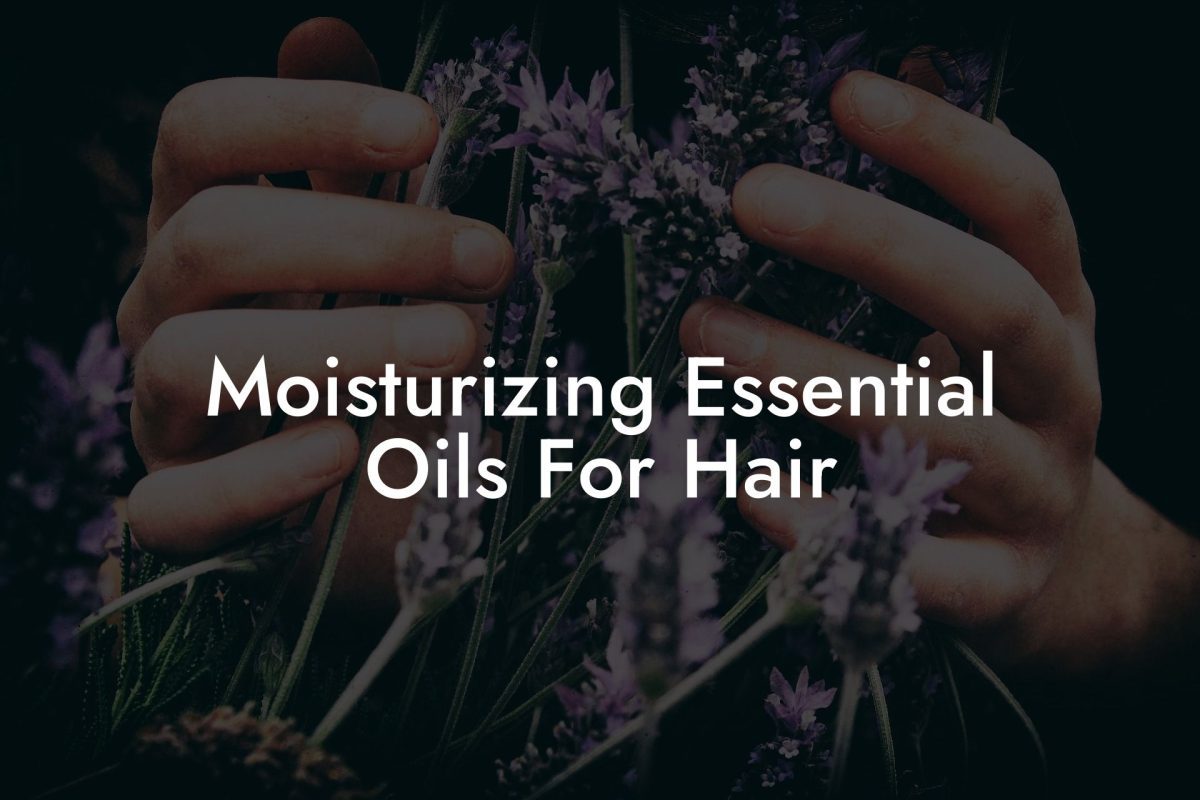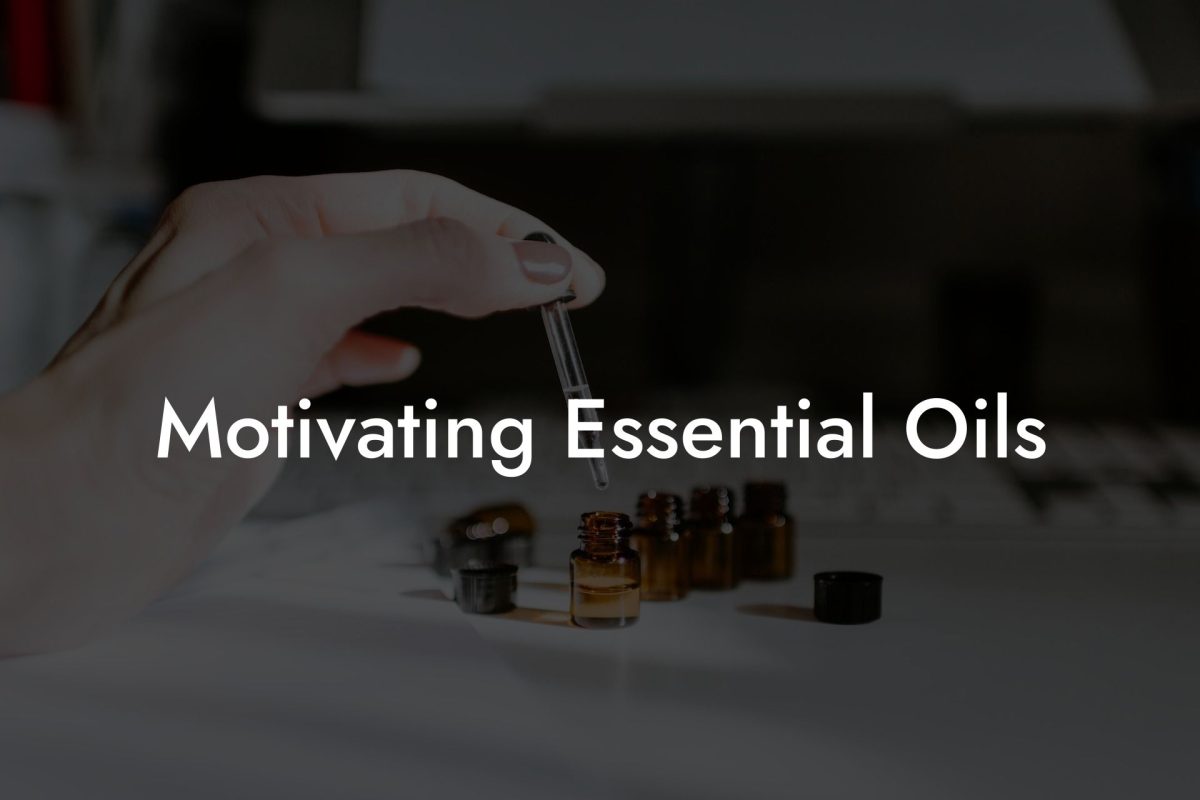When it comes to looking after your physical and emotional well-being, essential oils can offer remarkable benefits. But with the overwhelming number of options available, it can be hard to know where to start when buying essential oils. In this guide, we will walk you through the most important factors to consider, ensuring you make the most informed decision possible.
Table of Contents
1. Purity
The quality and benefits of essential oils mainly depend on their purity. Pure essential oils are undiluted and free from synthetic additives, fillers, or carrier oils. Look out for 100% pure essential oils to experience their full therapeutic properties.
Check the Label
- Ensure the bottle clearly states that it contains 100% pure essential oil.
- Check for a list of ingredients. If it contains anything apart from the plant’s botanical name, be cautious of its purity.
- Avoid terms like “fragrance,” “perfume,” or “parfum,” as these often indicate synthetic ingredients.
2. Botanical Name and Plant Species
Different species of plants may have varying properties, so it’s crucial to know the botanical name of the oil you’re buying. This botanical information should be stated on the label and refers to the plant’s Latin name, which indicates the specific species.
Why it’s Important:
- Different species may have slightly different properties or benefits.
- Buying the correct species ensures you’re getting the desired effects from your essential oil.
3. Extraction Method
The extraction methods used to obtain essential oils can also impact their quality. The two most common methods are steam distillation and cold pressing. These methods preserve the integrity and therapeutic properties of the oils without using solvents or other chemicals.
Steam Distillation
- Most widely used method for extracting essential oils.
- Utilizes steam to release the oil from the plant material.
- No chemicals used during extraction, leaving a pure oil.
Cold Pressing
- Primarily used for citrus oils.
- The oil is physically pressed from the fruit’s rind.
- Produces a pure, high-quality essential oil.
4. Packaging
The quality and effectiveness of an essential oil can be impacted by the packaging it’s stored in. Essential oils should always be contained in dark-colored glass bottles, such as amber or cobalt blue, to protect the oil from sunlight and preserve its benefits.
- Opt for oils in dark-colored glass bottles.
- Avoid plastic bottles, as essential oils can degrade plastic over time.
What To Look For When Buying Essential Oils Example:
Imagine you’re shopping for lavender essential oil to help improve your sleep quality. You come across two options:
Option 1: A cheap lavender oil labeled “Fragrance Oil” in a clear plastic bottle.
Option 2: A slightly more expensive lavender oil with the botanical name Lavandula angustifolia, extracted through steam distillation, and housed in an amber glass bottle.
The best option here would be Option 2, despite the higher price, as it fulfills the criteria for a high-quality essential oil.
By keeping these essential factors in mind, you’ll be able to make informed decisions when purchasing essential oils and reap their maximum benefits. Share this guide with friends and family to help them navigate the world of essential oils as well. Don’t forget to explore other guides on Oshu Oils and our range of Artisan Essential Earth Oils expertly blended to support sleep, energy, work, stress, and overall wellbeing. Feel better and live a more balanced and harmonious life with Oshu Oils.

